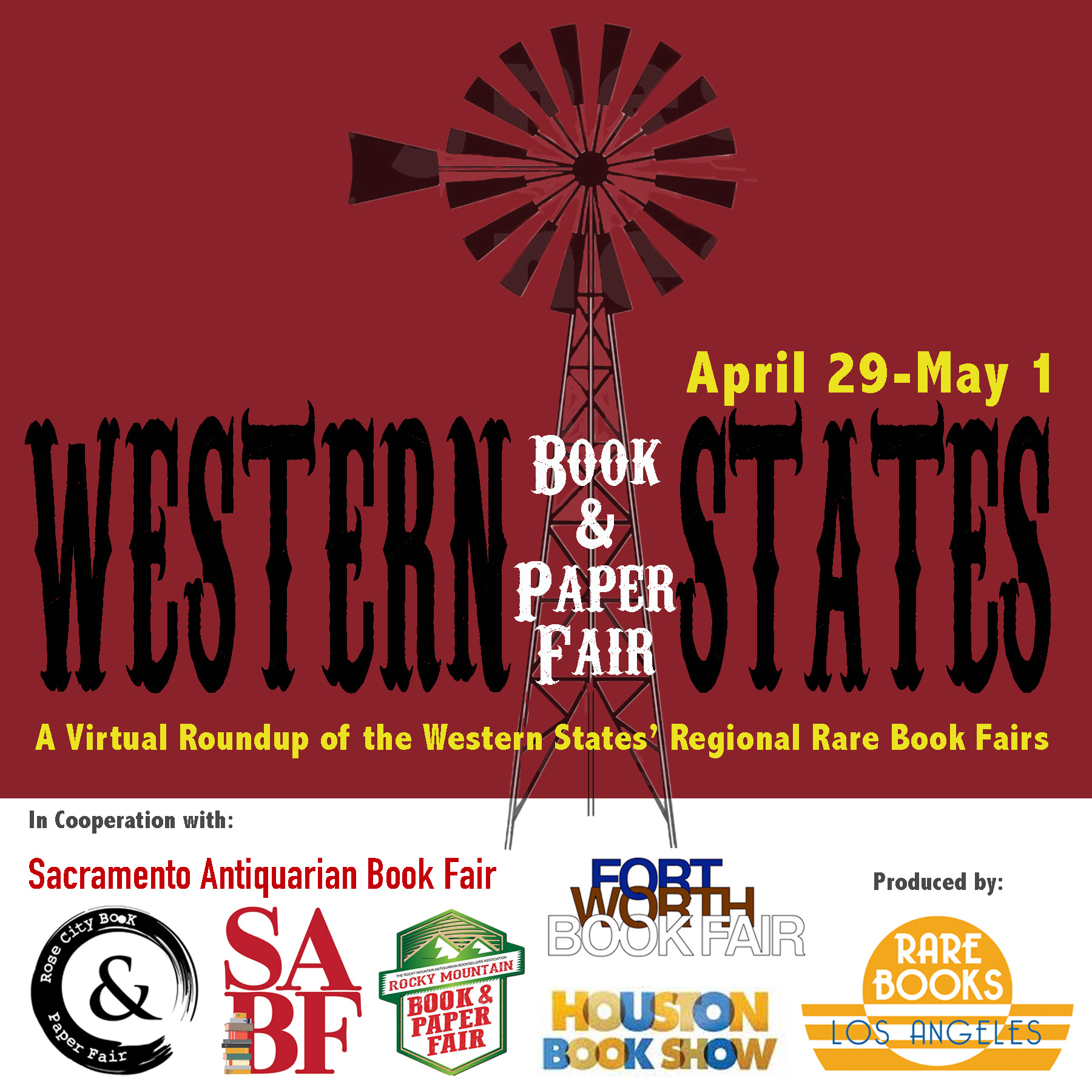*
A few years ago we published a blog detailing Herman Melville’s life. This week we thought we’d revisit his most famous work in a bit more detail, and come up with five in-depth reasons about Moby Dick, why it is one of the most widespread works taught in American schools today, and why it matters. “Book! You lie there; the fact is, you books must know your places. You’ll do to give us the bare words and facts, but we come in to supply the thoughts.” And on we go!
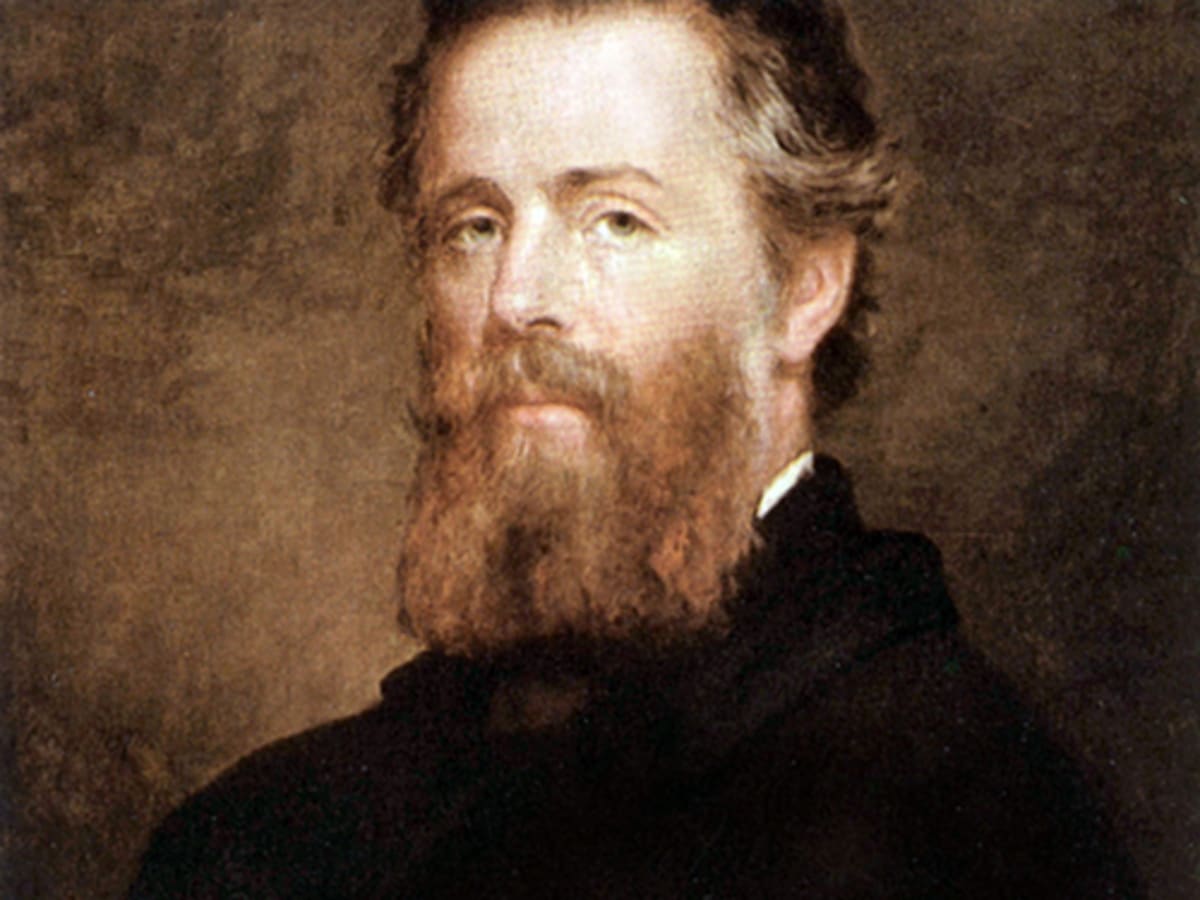
*
1. Several scholars argue that the opening sentence of Moby Dick “Call me Ishmael” is the best known line in classic American literature. It starts off a long tale of adventure and revenge, focusing on a crazed whaling boat captain and his enduring grievance against the giant white sperm whale that took off his leg. While this book is, as stated, one of the most well-known works in America today, it was considered a flop at the time of its publication. Melville wrote it at the tender age of 32 in 1851, and over the next fifty years of his life it sold only 3,215 copies, making him a whopping $1,260 over those decades. It was only after the centennial of his birth in 1919 that a slow resurgence of interest in Melville’s work began, and by the 1960’s Moby Dick was being regularly taught in schools.
*
“I try all things, I achieve what I can.” – Herman Melville, Moby Dick
*
2. Melville masterfully created characters that could inspire, despite their outward, stereotypical appearances. The moral compass of humanity in Moby Dick is the cannibal Queequeg. He is courageous, stoic and self-sacrificing, a good friend to the novel’s narrator, and his virtuous nature is a stark contrast to the vengeful and fanatical Captain Ahab aboard the Pequod (the whaling ship). In this way, Melville dictates to his audience that appearances are not always what they seem. After all, “Better to sleep with a sober cannibal than a drunk Christian.”
3. Another reason why the story is so revered is Melville’s ability to use these characters to make social commentary on society at large. As Jamie Gass wrote, “A full decade before the Civil War’s carnage, only a highly unconventional writer of profound depth could craft a poetic novel using an enlightened cannibal to devour America’s racial, nativist, and religious stereotypes.” By placing Queequeg as the savior in the story, Melville highlights to students today how being fearful of someone different than us isn’t necessarily justified. Just because people are different doesn’t mean they are inherently bad – and we should not stereotype each other without giving ourselves a chance to see the human beneath the surface, as Ishmael does Queequeg. Some have even likened the Pequod to Melville’s America, with its treatment of minorities on the ship. In this way, Melville used his characters to comment on America’s shameful treatment of African Americans and other minorities, and continues to this day to remind us to look beyond the surface. As Melville writes, “See how elastic our prejudices grow when once love comes to bend them.”
4. The life lessons throughout the story rival those in famous religious works. Not only are their cautionary lessons on the limits of vengeance inside, but there are studies of the issues of man vs. nature (is it our job to conquer nature, or simply be its stewards? I’ll give you one guess), sexual orientation, the dangers of following a charismatic madman, and how our unacknowledged biases shape our actions – for better and for worse. One website claims that you couldn’t open to a single page of Moby Dick without finding a lesson being taught…. even when it is lessons on the world of whaling (at times disgusting and horrifying – but nevertheless educational).
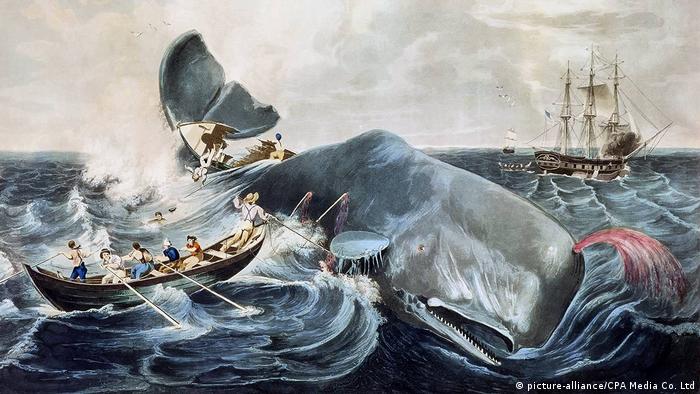
5. Moby Dick is an adventure story, yes. But layered within the adventure “we learn about malevolence, ambition, ego, bravery, friendship. We meditate on the existence of truth. We gather up an understanding that ‘truth’ is rarely captured in a snapshot, that it’s a mosaic of perspectives that don’t always add up neatly.” (Suzy Akin). It can be seen at one time as a religious text, an ancient epic, a Shakespearean drama. It can be interpreted a multitude of different ways. But one thing is for sure – it does teach lessons that could come in handy as students ready themselves for the future, and the “rough seas” that may lie ahead.
*
“All my means are sane, my motive and my object mad.” – Herman Melville, Moby Dick


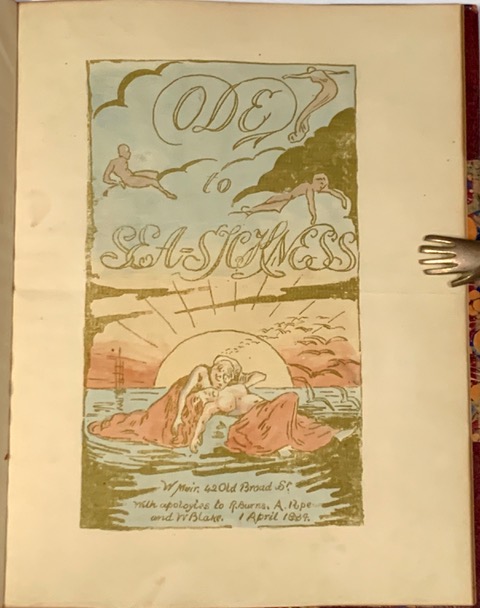

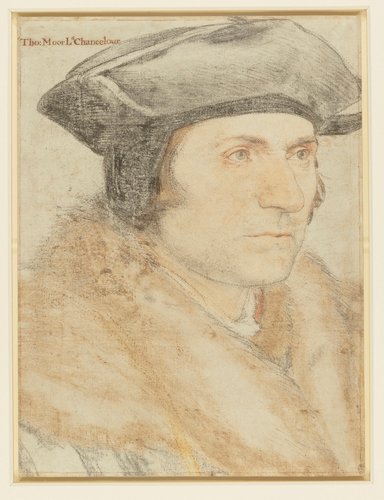

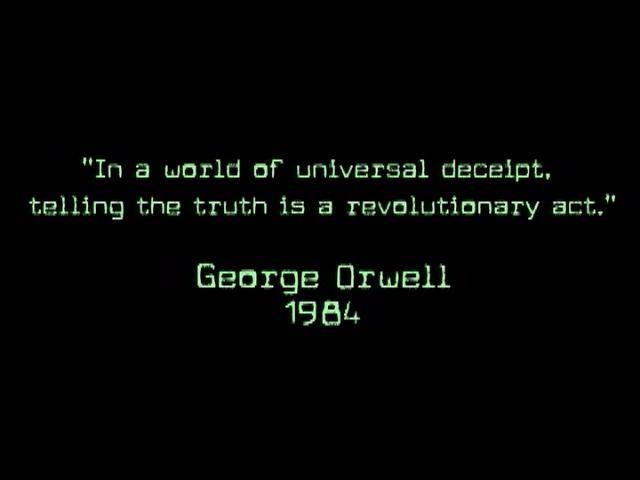
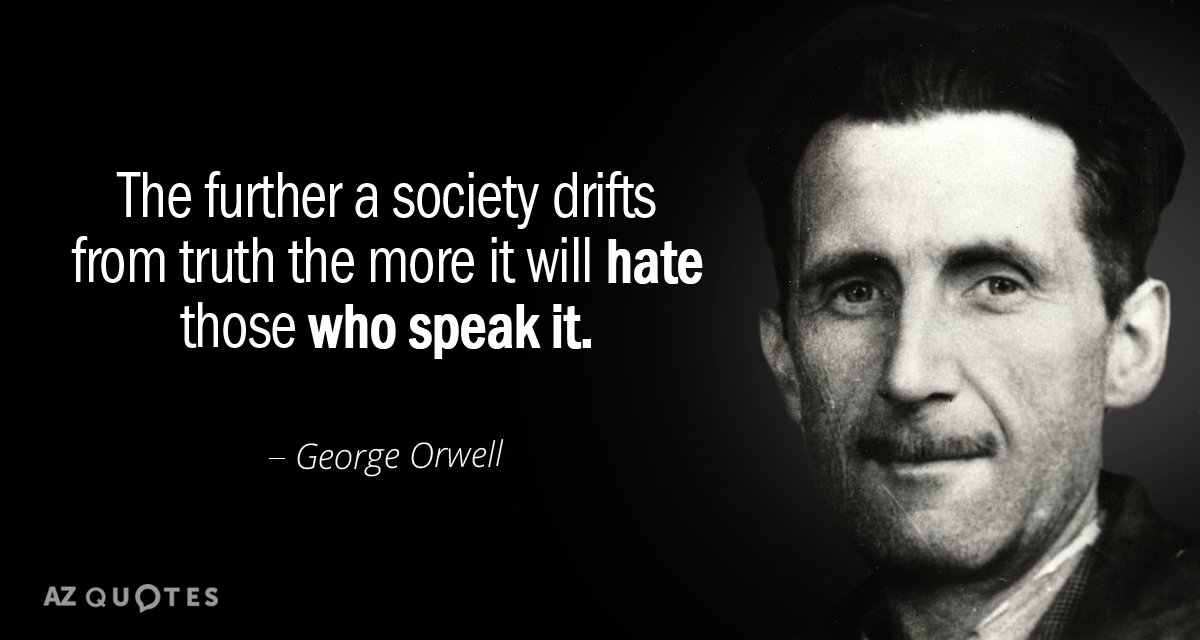
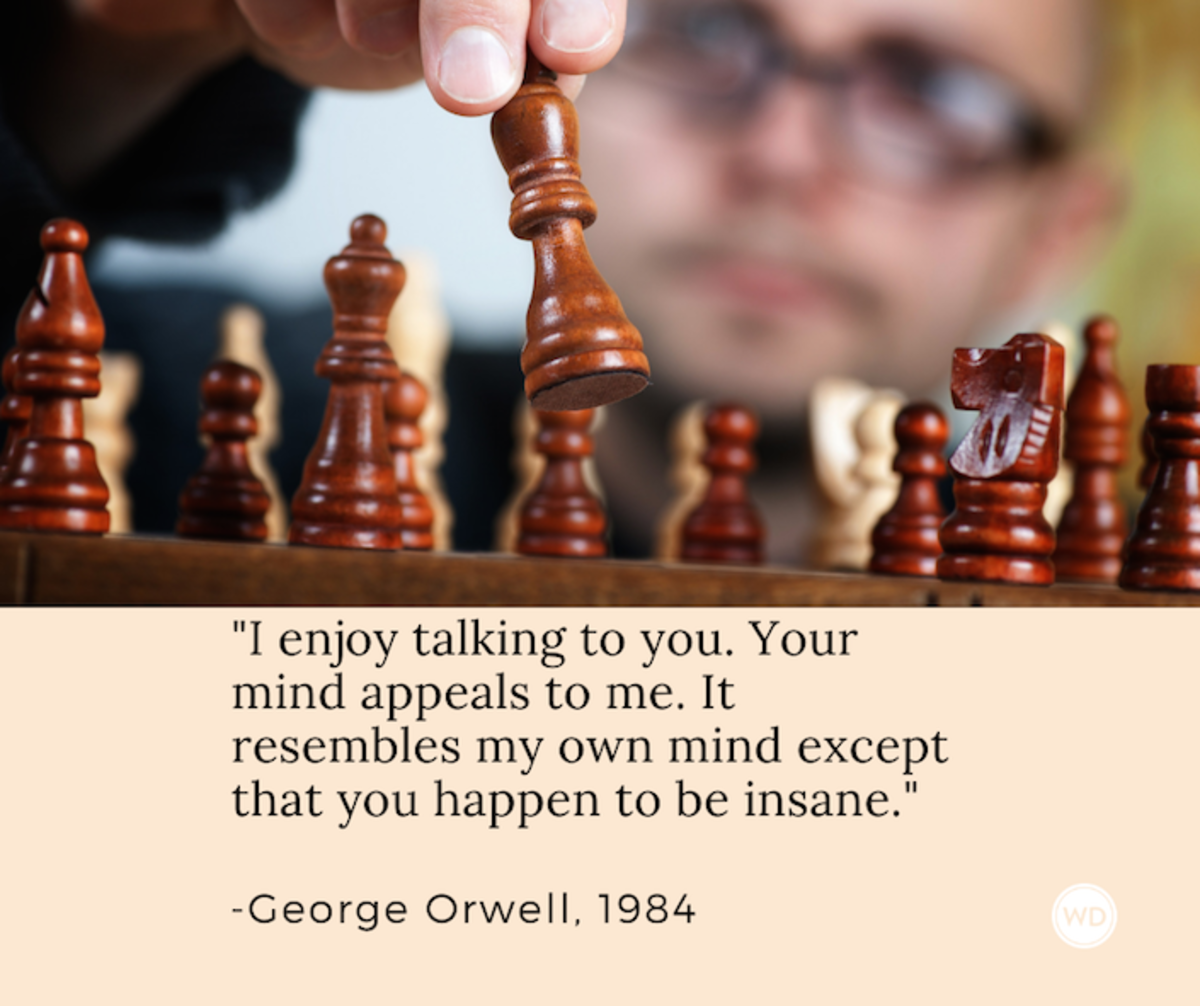

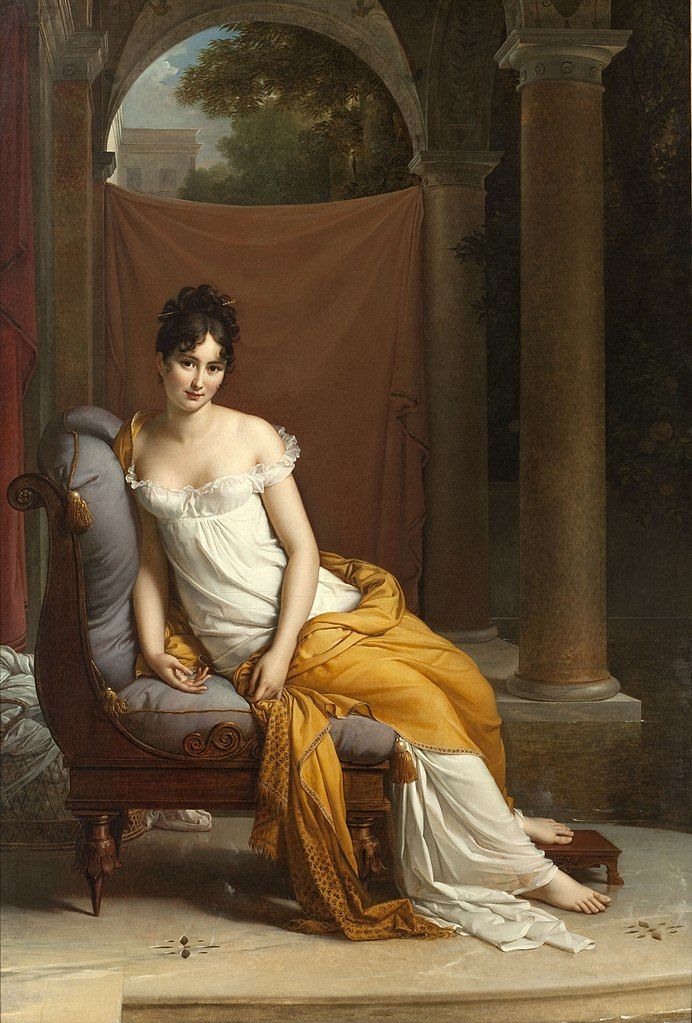 As time went on and interest in her intelligence, loveliness, refinement and gentility grew, Juliette became friendly with all manner of people. Some of the most notorious members of her salon were François-René de Chateaubriand (a French politician, diplomat, activist, historian and writer who ended up as one of Juliette’s life-long friends), Benjamin Constant (Swiss-French political activist and writer), Prince Augustus of Prussia (whose proposal she would ultimately reject), and the political Madame Germaine de Staël. Juliette enjoyed almost unprecedented independence in her ability to entertain and act as she saw fit – she also received many proposals, and was “courted” by many men, but never, as far as history is concerned, betrayed her husband. People were attracted to Juliette not solely because of her good looks, but because of her academic and literary prowess, her interest in social and political endeavors, and her apparent ability to charm a room with a single glance, smile or comment. Juliette Récamier was the epitome of an esteemed lady – a patron, a scholar, a magnetic and irresistible personality, and a beautiful and charismatic individual. Political and intellectual persons flocked to her sitting room, and the discourses had there (both with Madame Récamier and with each other) can be credited with several of the ideas and large-scale changes in the turbulence of the French politics of the day.
As time went on and interest in her intelligence, loveliness, refinement and gentility grew, Juliette became friendly with all manner of people. Some of the most notorious members of her salon were François-René de Chateaubriand (a French politician, diplomat, activist, historian and writer who ended up as one of Juliette’s life-long friends), Benjamin Constant (Swiss-French political activist and writer), Prince Augustus of Prussia (whose proposal she would ultimately reject), and the political Madame Germaine de Staël. Juliette enjoyed almost unprecedented independence in her ability to entertain and act as she saw fit – she also received many proposals, and was “courted” by many men, but never, as far as history is concerned, betrayed her husband. People were attracted to Juliette not solely because of her good looks, but because of her academic and literary prowess, her interest in social and political endeavors, and her apparent ability to charm a room with a single glance, smile or comment. Juliette Récamier was the epitome of an esteemed lady – a patron, a scholar, a magnetic and irresistible personality, and a beautiful and charismatic individual. Political and intellectual persons flocked to her sitting room, and the discourses had there (both with Madame Récamier and with each other) can be credited with several of the ideas and large-scale changes in the turbulence of the French politics of the day.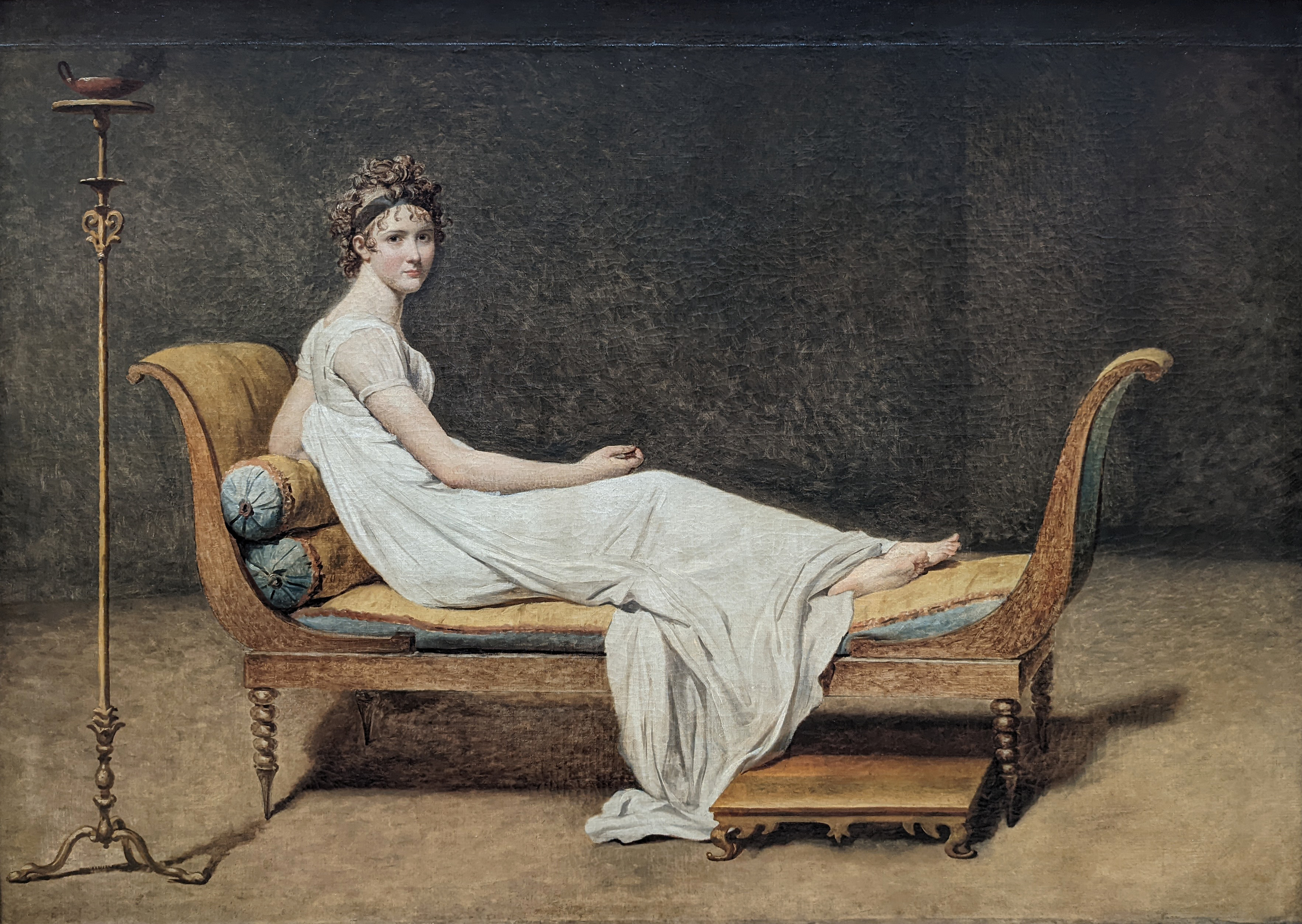
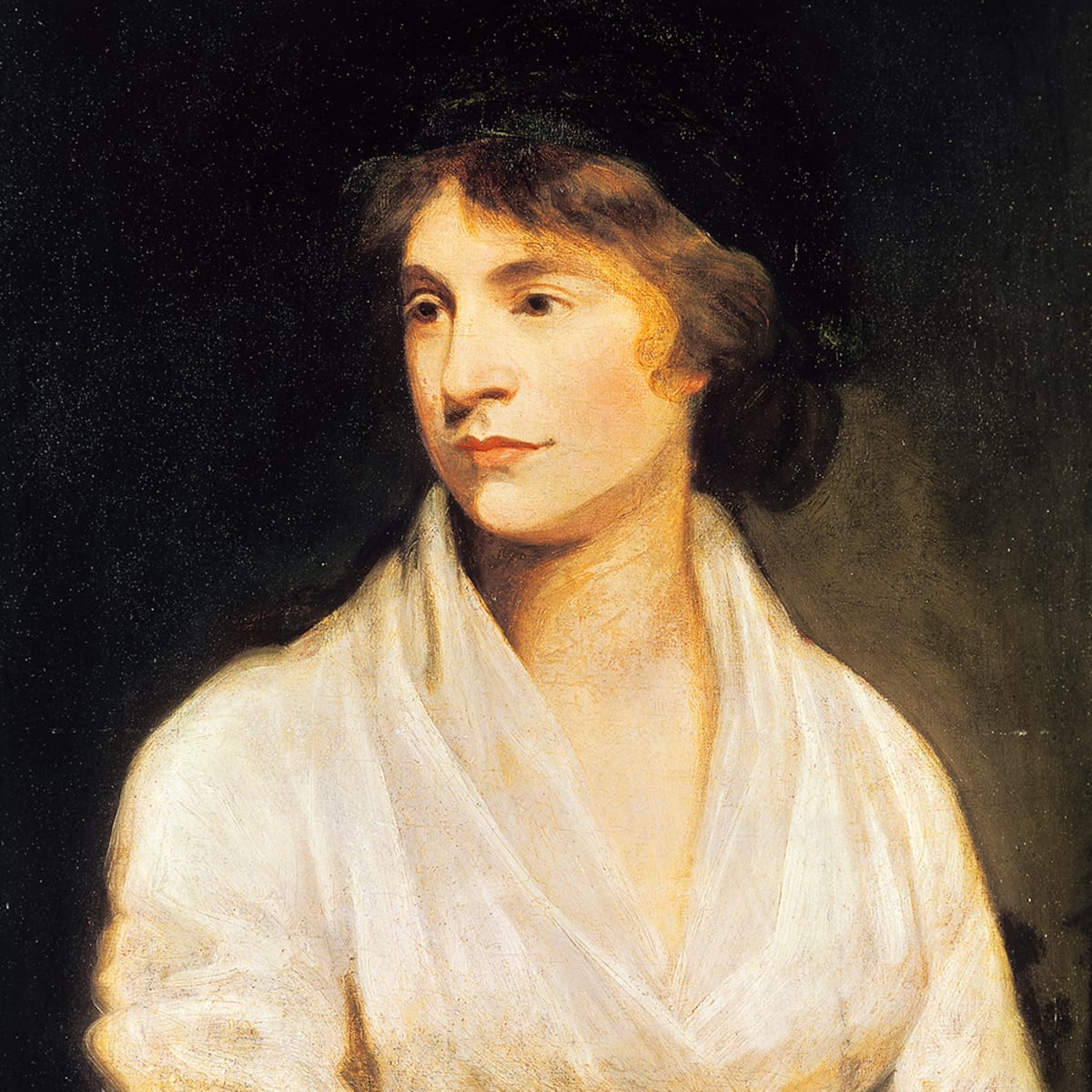
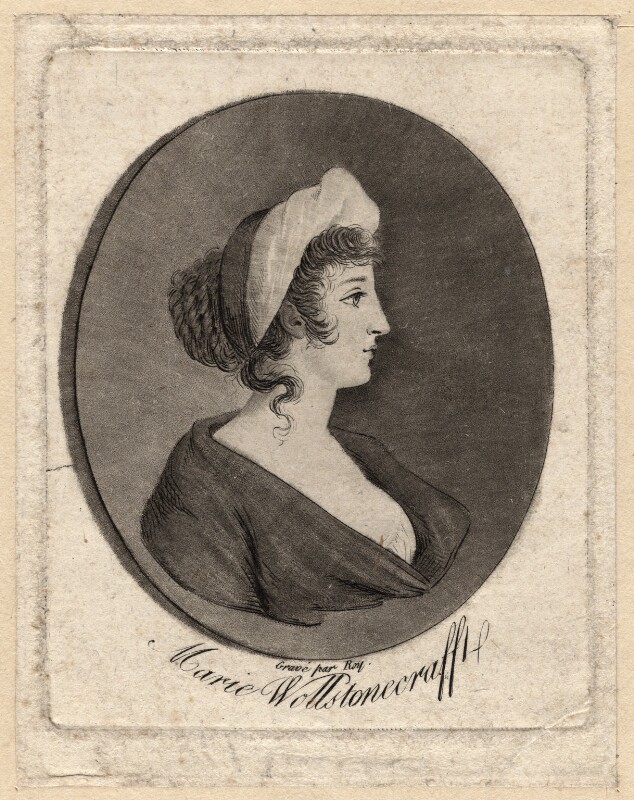 During her time in France, Mary witnessed the execution of King Louis XIV, even saw some of her friends executed when the Jacobins took power, was refused her requests to leave the country, and lived with American adventurer Gilbert Imlay, with whom she had a passionate affair. (“Which of these things is not like the other?”, you may as well ask!) Though all of her experiences greatly influenced her thoughts and views of humanity, she decided to put her individuality and power to the test by living unmarried with a man, and bearing a child by him, named Fanny after her dearest deceased friend. Wollstonecraft and Imlay remained together long enough to do a bit of traveling, and for Mary to publish two other works – An Historical and Moral View of the Origin and Progress of the French Revolution, and a introspective and personal travelogue, Letters Written During a Short Residence in Sweden, Norway and Denmark. After Imlay left her, Wollstonecraft returned to England to pursue him, and after bouts of suicidal tendencies and depression fell back into Joseph Johnson’s literary circle. Eventually, Mary began striking up a friendship, and then a passionate love affair with William Godwin. Of her work (her travel Letters, in particular) Godwin wrote, “If ever there was a book calculated to make a man in love with its author, this appears to me to be the book. She speaks of her sorrows, in a way that fills us with melancholy, and dissolves us in tenderness, at the same time that she displays a genius which commands all our admiration.” Despite not being proponents of marriage in general, the two wed shortly before Wollstonecraft’s second child was born – her daughter Mary, who would later go on to write Frankenstein as Mary Shelley (to read our blog on the second brilliant female mind in the family, click
During her time in France, Mary witnessed the execution of King Louis XIV, even saw some of her friends executed when the Jacobins took power, was refused her requests to leave the country, and lived with American adventurer Gilbert Imlay, with whom she had a passionate affair. (“Which of these things is not like the other?”, you may as well ask!) Though all of her experiences greatly influenced her thoughts and views of humanity, she decided to put her individuality and power to the test by living unmarried with a man, and bearing a child by him, named Fanny after her dearest deceased friend. Wollstonecraft and Imlay remained together long enough to do a bit of traveling, and for Mary to publish two other works – An Historical and Moral View of the Origin and Progress of the French Revolution, and a introspective and personal travelogue, Letters Written During a Short Residence in Sweden, Norway and Denmark. After Imlay left her, Wollstonecraft returned to England to pursue him, and after bouts of suicidal tendencies and depression fell back into Joseph Johnson’s literary circle. Eventually, Mary began striking up a friendship, and then a passionate love affair with William Godwin. Of her work (her travel Letters, in particular) Godwin wrote, “If ever there was a book calculated to make a man in love with its author, this appears to me to be the book. She speaks of her sorrows, in a way that fills us with melancholy, and dissolves us in tenderness, at the same time that she displays a genius which commands all our admiration.” Despite not being proponents of marriage in general, the two wed shortly before Wollstonecraft’s second child was born – her daughter Mary, who would later go on to write Frankenstein as Mary Shelley (to read our blog on the second brilliant female mind in the family, click 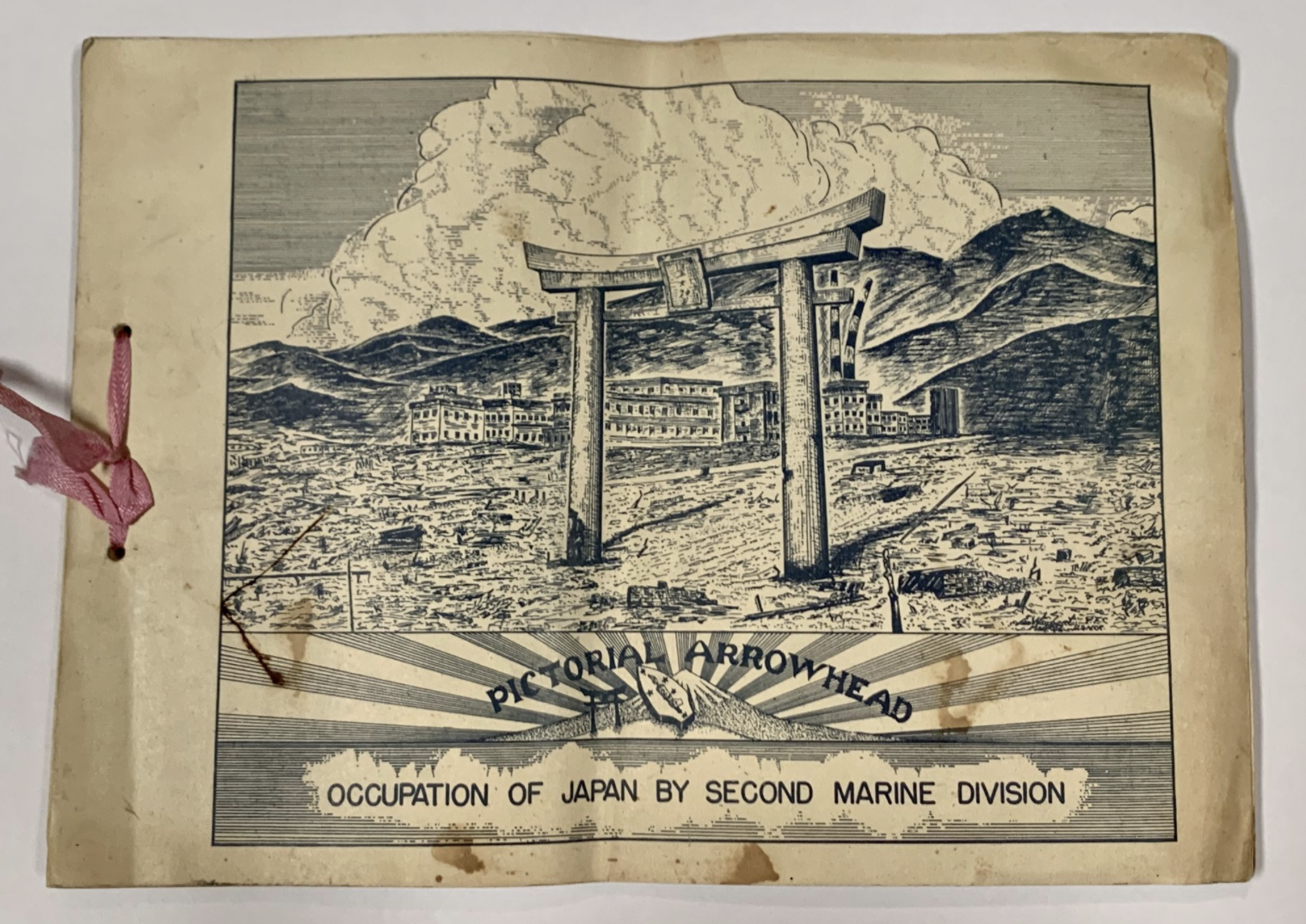


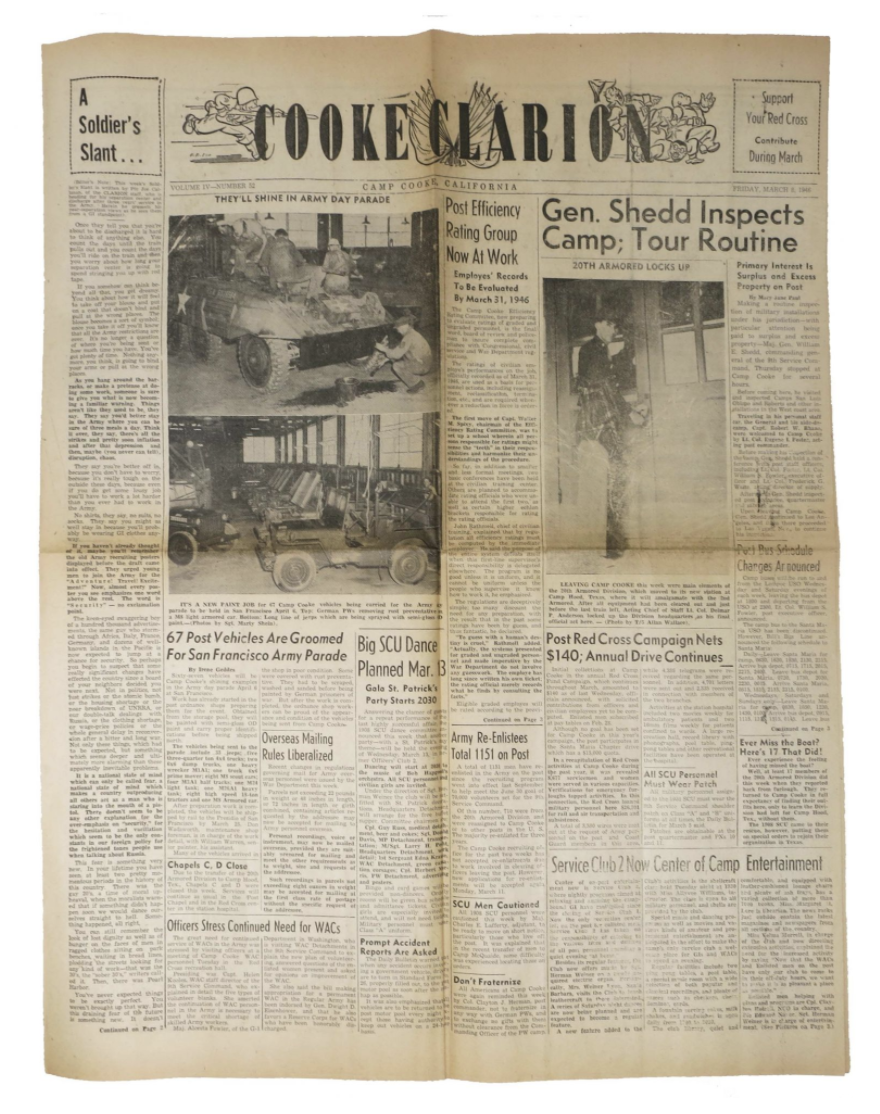
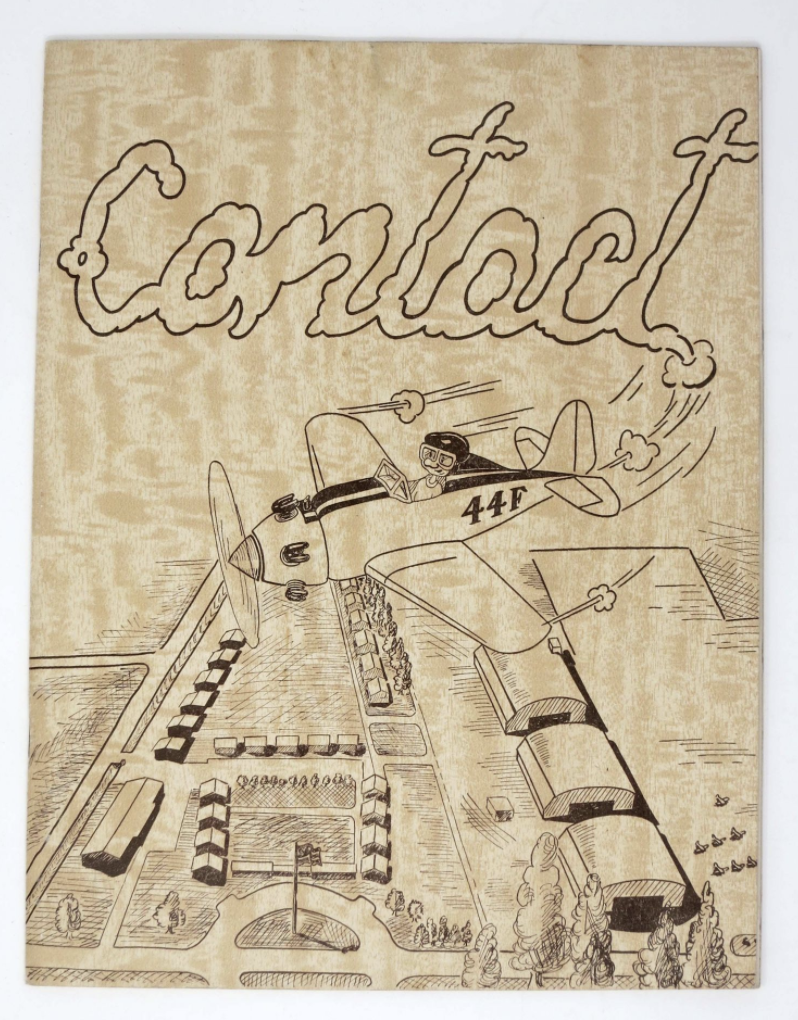
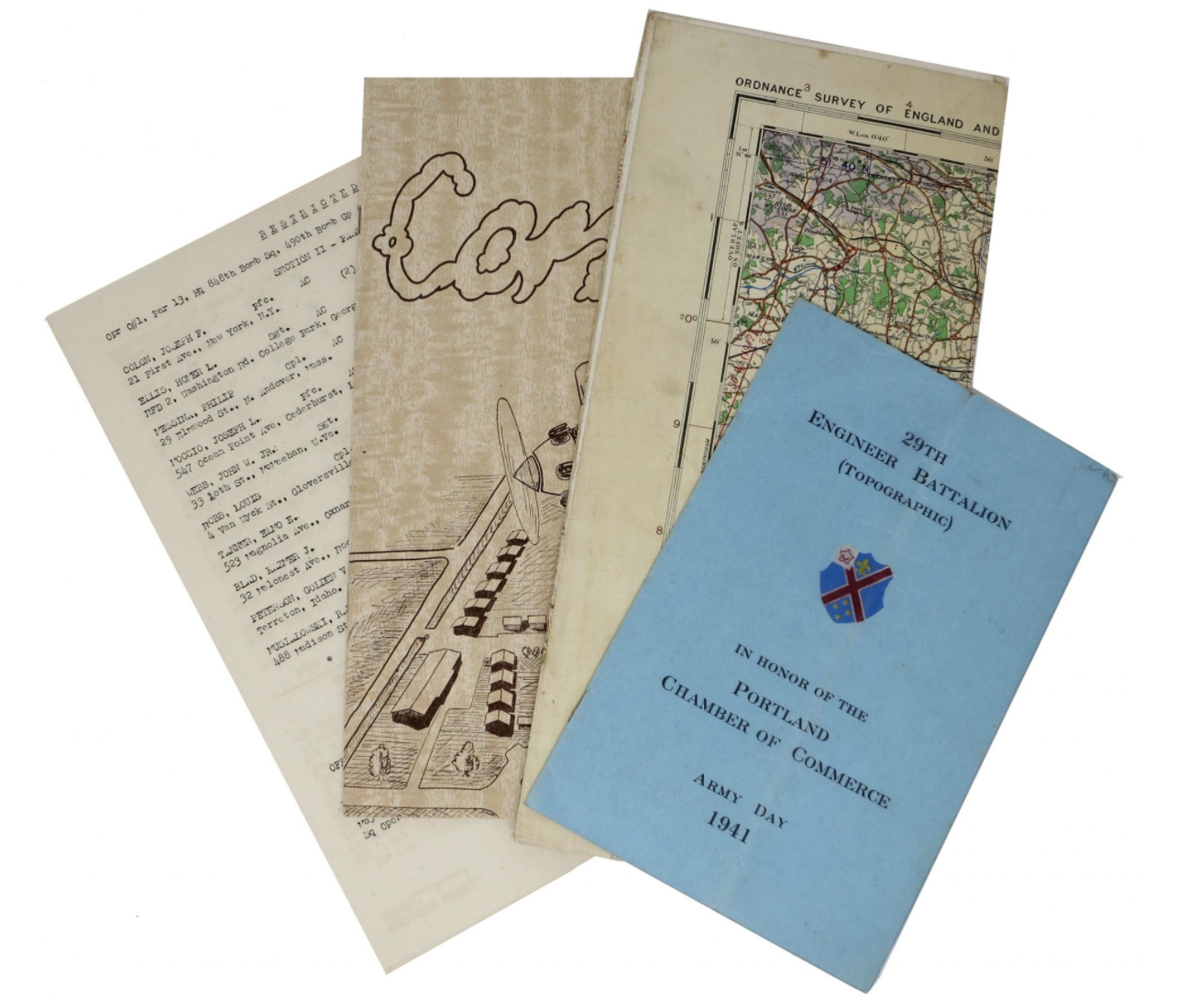
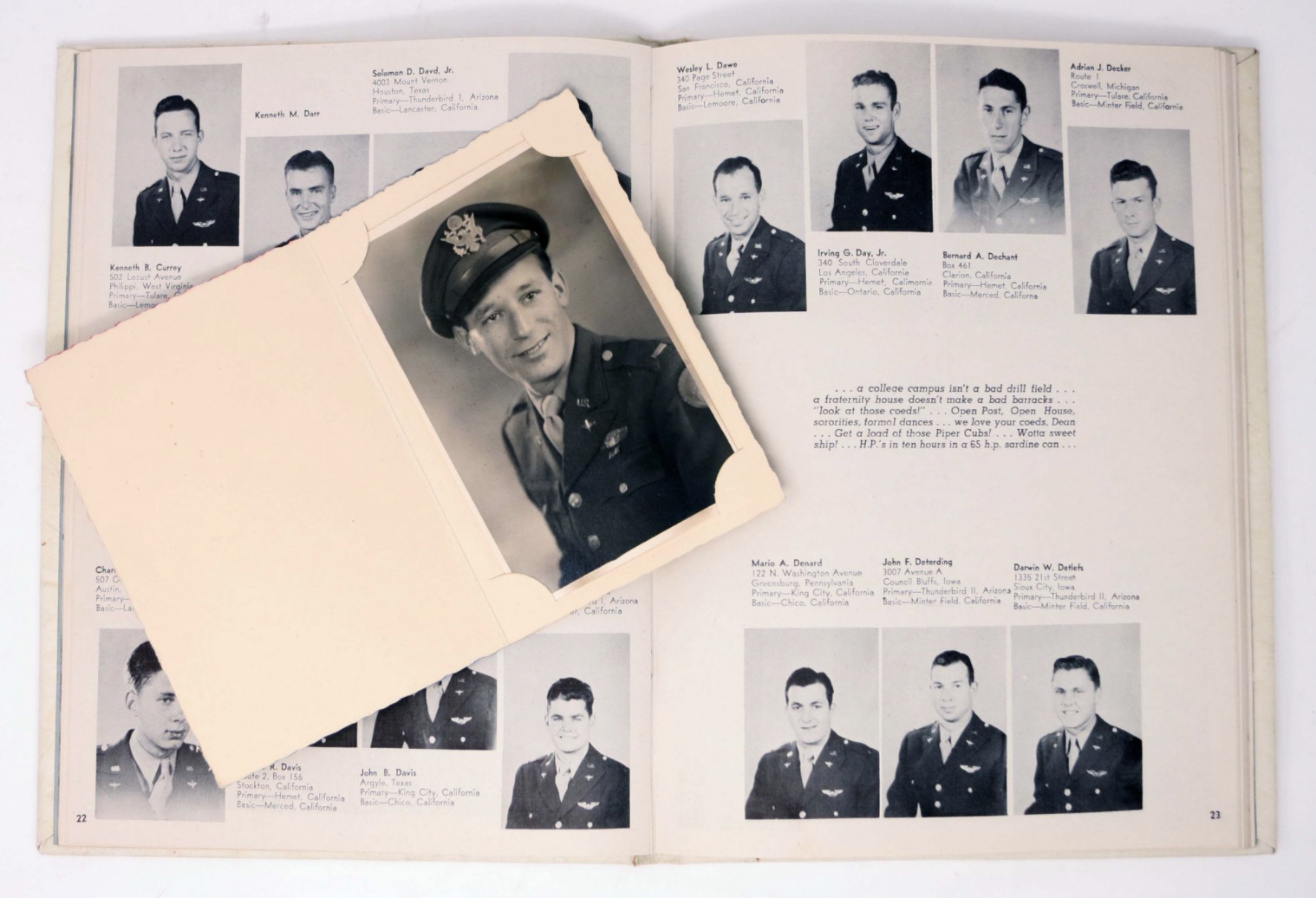

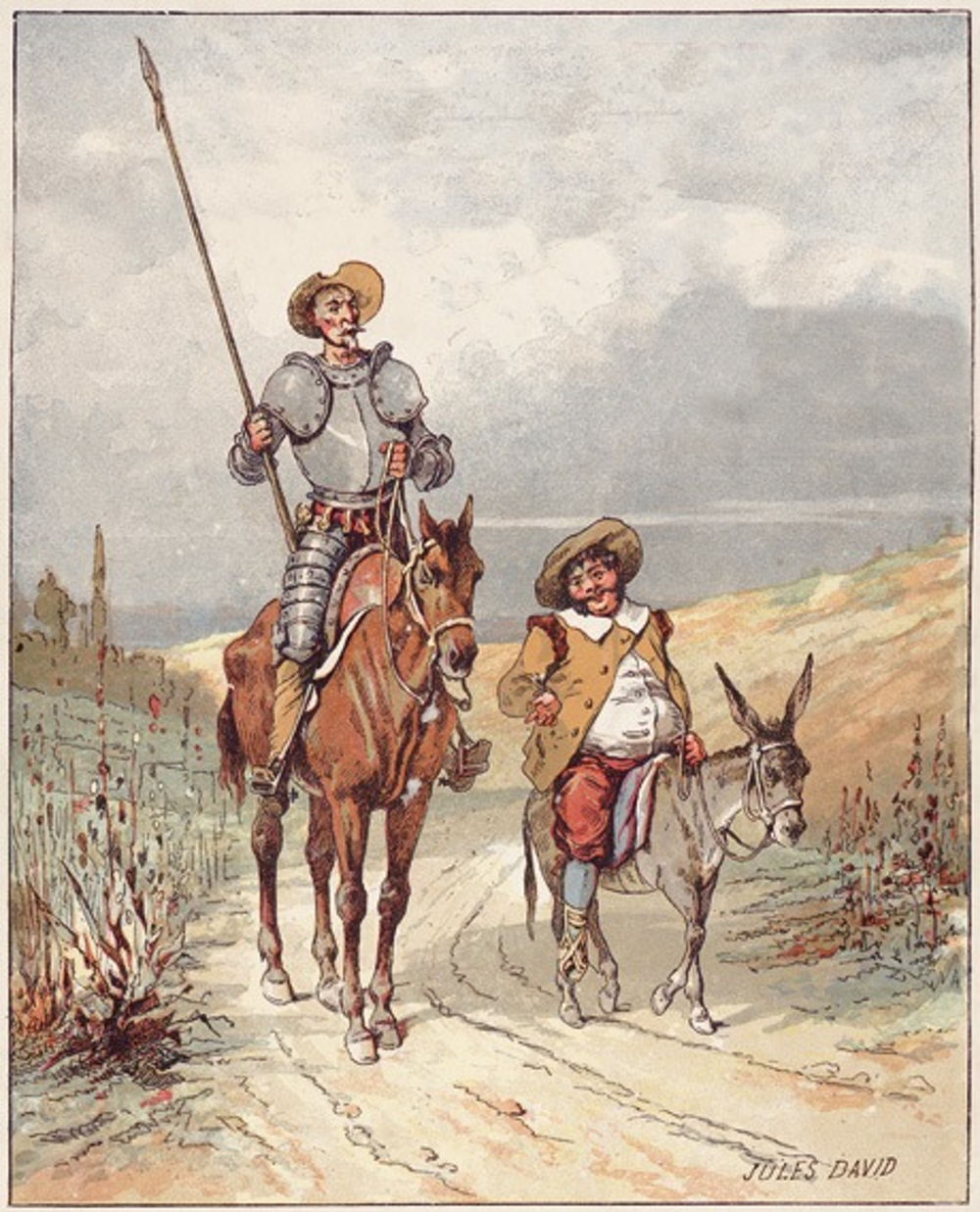 Throughout this time, Cervantes published a few plays and some poems, none of any great significance, and none that provided a living for the man and his family. By 1605, Cervantes hadn’t been “properly” published in almost 20 years! Nevertheless, he began writing a work he considered a satire – he challenged a “form of literature that had been a favourite for more than a century, explicitly stating his purpose was to undermine ‘vain and empty’ chivalric romances. He wrote about the common man. He used everyday lingo, normal conversation rather than epic speeches – it was considered a great success. Though there was a great amount of time between the two parts of the work, its popularity did not wane. The first part is considered the more popular of the two, with its comedic characterizations and its hilarity, while the second part is considered more introspective and critical, with greater characterization of the individuals in the story.
Throughout this time, Cervantes published a few plays and some poems, none of any great significance, and none that provided a living for the man and his family. By 1605, Cervantes hadn’t been “properly” published in almost 20 years! Nevertheless, he began writing a work he considered a satire – he challenged a “form of literature that had been a favourite for more than a century, explicitly stating his purpose was to undermine ‘vain and empty’ chivalric romances. He wrote about the common man. He used everyday lingo, normal conversation rather than epic speeches – it was considered a great success. Though there was a great amount of time between the two parts of the work, its popularity did not wane. The first part is considered the more popular of the two, with its comedic characterizations and its hilarity, while the second part is considered more introspective and critical, with greater characterization of the individuals in the story.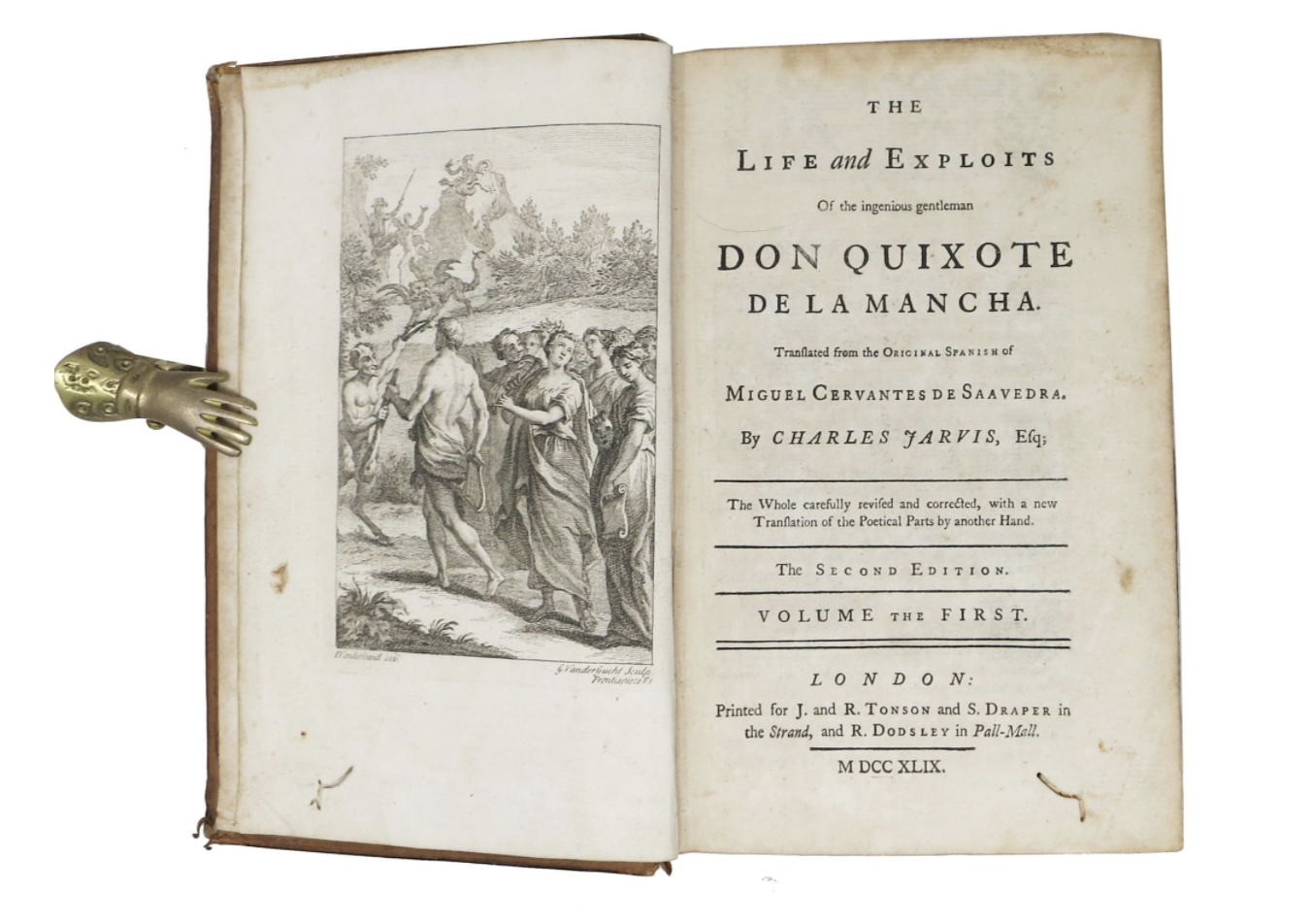
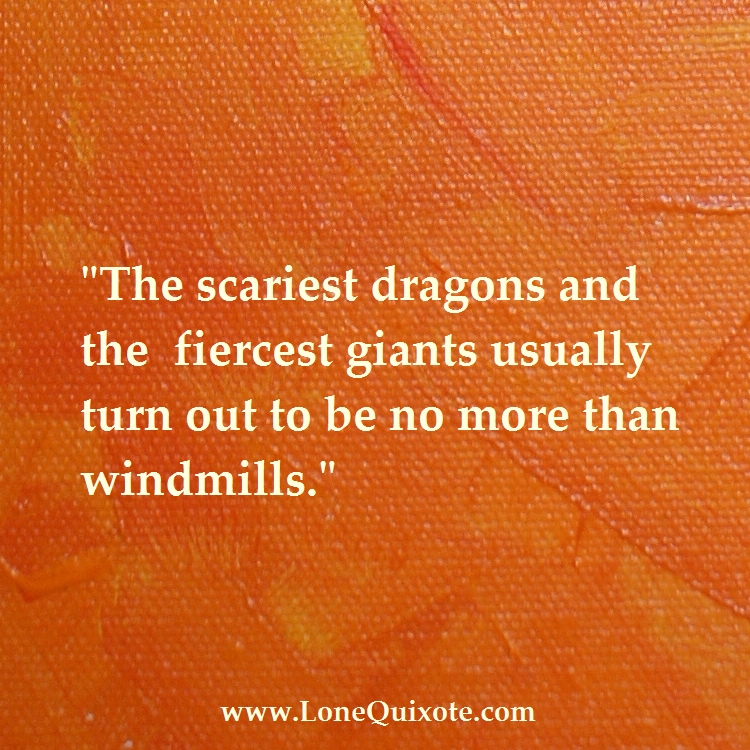

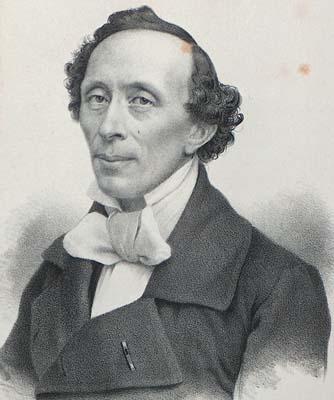
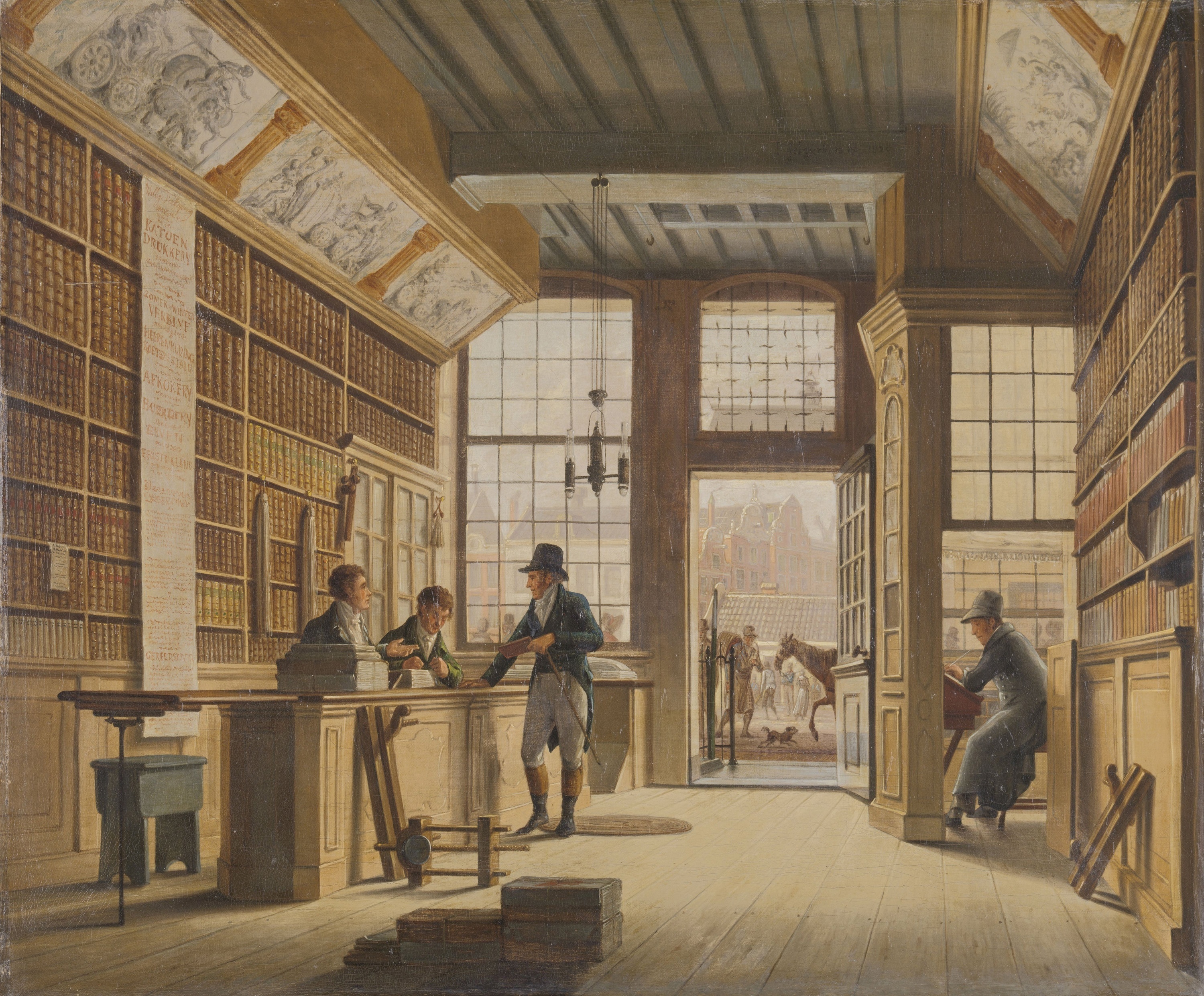 ***
***